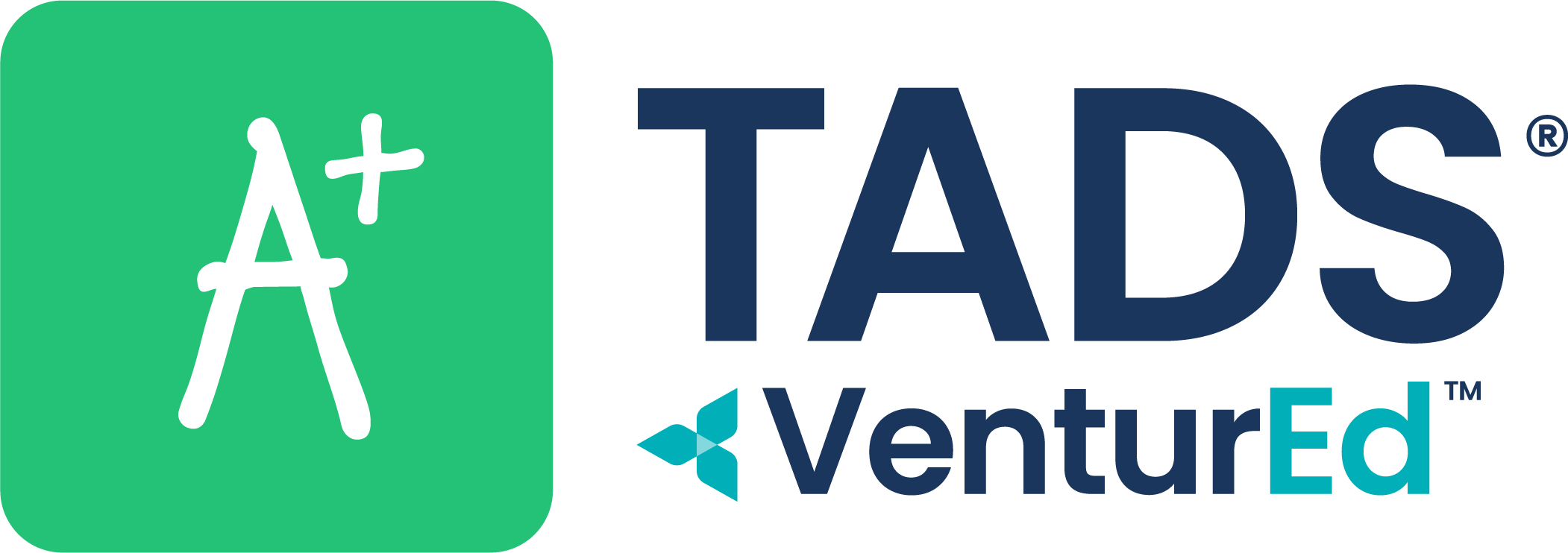
In 2025, families have more educational options than ever before—and with the continued expansion of school choice programs across the U.S., that number is only growing. Parents are evaluating private schools not just on academic excellence, but on how flexible, accessible, and responsive they are to evolving financial realities. For private K–12 schools, this is a moment of both opportunity and responsibility: how can you meet the needs of a broader range of families while maintaining financial sustainability?
Leading schools are responding with forward-thinking tuition strategies. From flexible tuition models to continuous enrollment systems and proactive preparation for school choice expansion, these approaches don’t just address the financial concerns of today’s families—they also position schools for long-term success in a more dynamic, competitive marketplace.
Embracing Flexible Tuition Models
Flexible tuition models allow schools to offer tuition rates that are adjusted based on each family’s unique financial capacity, making private education more accessible to a wider demographic. This model not only supports families in need, but also opens the door to mission-fit families who previously assumed they couldn’t afford private school.
A 2024 survey by the National Association of Independent Schools (NAIS) revealed strong benefits for schools implementing flexible tuition:
- 41% saw enrollment increases among both high- and low-income families
- 53% reported growth among middle-income families
- 33% noted stronger community inclusivity and retention
- 53% hit or surpassed enrollment goals
Schools considering a flexible tuition strategy can prioritize transparency in their financial aid policies, conduct quarterly and yearly financial assessments, and review their models annually to stay aligned with economic realities and institutional goals.
Ultimately, flexible tuition is more than just a pricing model—it’s a way for schools to demonstrate their commitment to supporting families by offering options that make private education more attainable and responsive to changing financial needs.
Implementing Continuous Enrollment Systems
Traditional re-enrollment cycles can be time-consuming and resource-heavy for both schools and families. Continuous enrollment simplifies this by automatically re-enrolling students each year unless a family opts out.
This model offers multiple benefits:
- Reduced administrative burden
- Improved forecasting for staffing and budgeting
- Stronger retention, as families feel a deeper long-term connection to the school
Schools using TADS have found that continuous enrollment leads to more predictable revenue and a smoother experience for both parents and staff. However, clear communication is critical. Families should understand how the system works, how and when they can opt out, and how tuition or policy changes are communicated throughout the year.
By removing friction from the re-enrollment process, schools send a message of consistency and partnership—and make it easier for families to commit year after year.
School Choice as a Growth Opportunity
One of the most significant developments in K–12 education today is the rapid expansion of school choice programs across the country. States like Texas and Georgia are investing heavily in voucher and education savings account (ESA) programs that allow families to use public funds toward private school tuition.
In Texas, for example, a proposed $1 billion voucher initiative could provide up to $10,000 per student. Georgia’s 2025 budget includes $141 million for similar vouchers, with each valued at $6,500.
For private schools, this shift represents more than a policy change, it’s a growth opportunity. By positioning themselves to serve families using school choice funds, schools can:
- Reach new segments of mission-aligned families
- Diversify their enrollment pipeline
- Stabilize or increase tuition revenue
But growth doesn’t happen automatically. Schools must stay informed on the rules and regulations in their state, ensure their admissions and financial aid teams are trained to answer school choice questions, and build infrastructure to support an increase in applications and enrollments.
Done thoughtfully, embracing school choice can deepen your impact while expanding your reach—and ultimately, help your school thrive in the years ahead.
Preparing for Tuition Growth
As school choice expands and new tuition strategies bring more families into the fold, schools must also prepare for operational growth. That includes planning for increased financial aid demand, adjusting tuition models to meet capacity and staffing needs, and investing in systems that scale.
It’s also important for leadership teams to align on long-term goals: Will your school aim to increase enrollment? Cap class sizes? Expand facilities? Tuition strategy should always serve the larger mission—not just meet short-term budget needs.
By being proactive about tuition planning and resource management, schools can ensure they’re not only ready to welcome more students—but that every new student is fully supported from day one.
To stay responsive to new changes in 2025, private K–12 schools need a tuition management solution that goes beyond basic billing. Schools should look for a software platform that can adapt to flexible tuition models, support continuous enrollment, and integrate seamlessly with their financial operations. TADS enables schools to track tuition payments across a variety of payment plans, integrate enrollment and financial aid data in one centralized system, and forecast revenue with greater accuracy. With the right solution in place, schools can make more informed decisions, improve family satisfaction, and plan for growth with confidence.
As parents gain more options through school choice and as tuition becomes a larger part of the enrollment conversation, private K–12 schools must stay ahead of the curve. Flexible tuition, continuous enrollment, and preparedness for policy shifts are no longer optional strategies—they’re essential tools for sustainability and growth.
When schools invest in tuition systems that are inclusive, efficient, and responsive, they do more than balance budgets—they build lasting relationships with families. And in a marketplace where families truly have more choice, that kind of connection is the key to standing out and staying strong.
To learn more about how TADS can support your school’s tuition strategy in 2025 and beyond, request a demo today!
